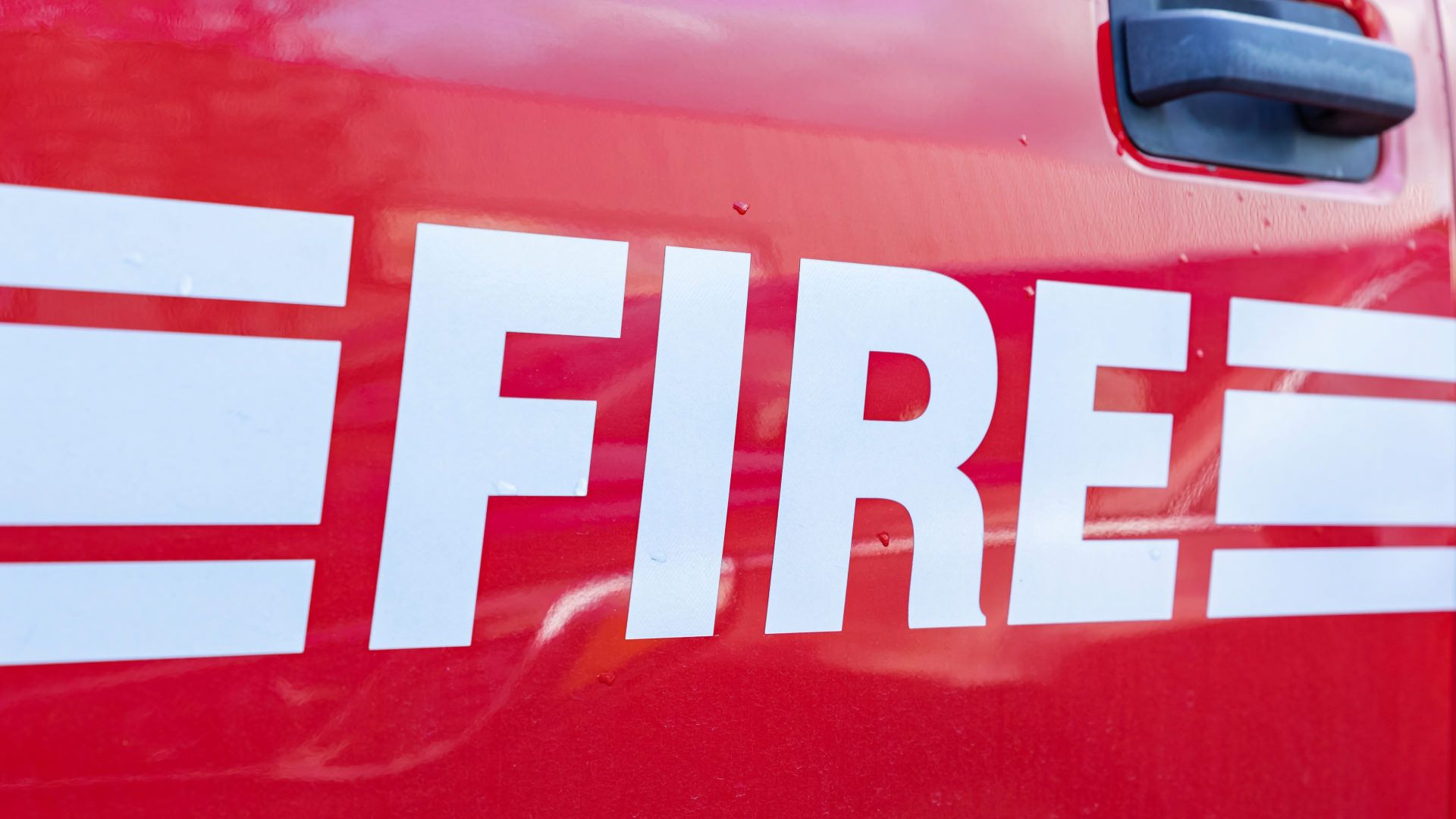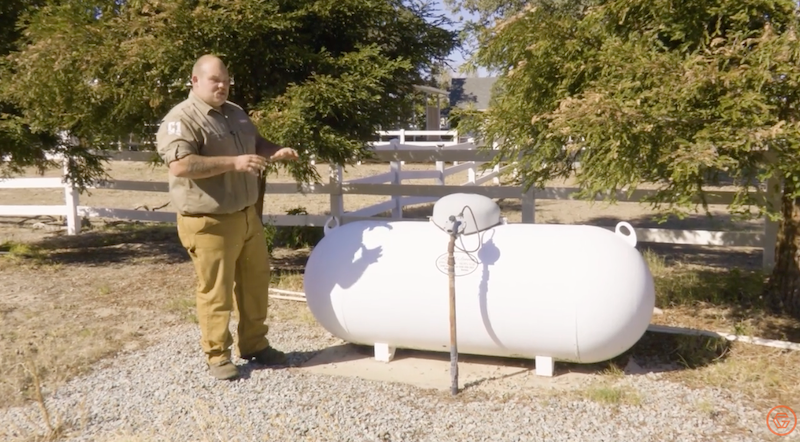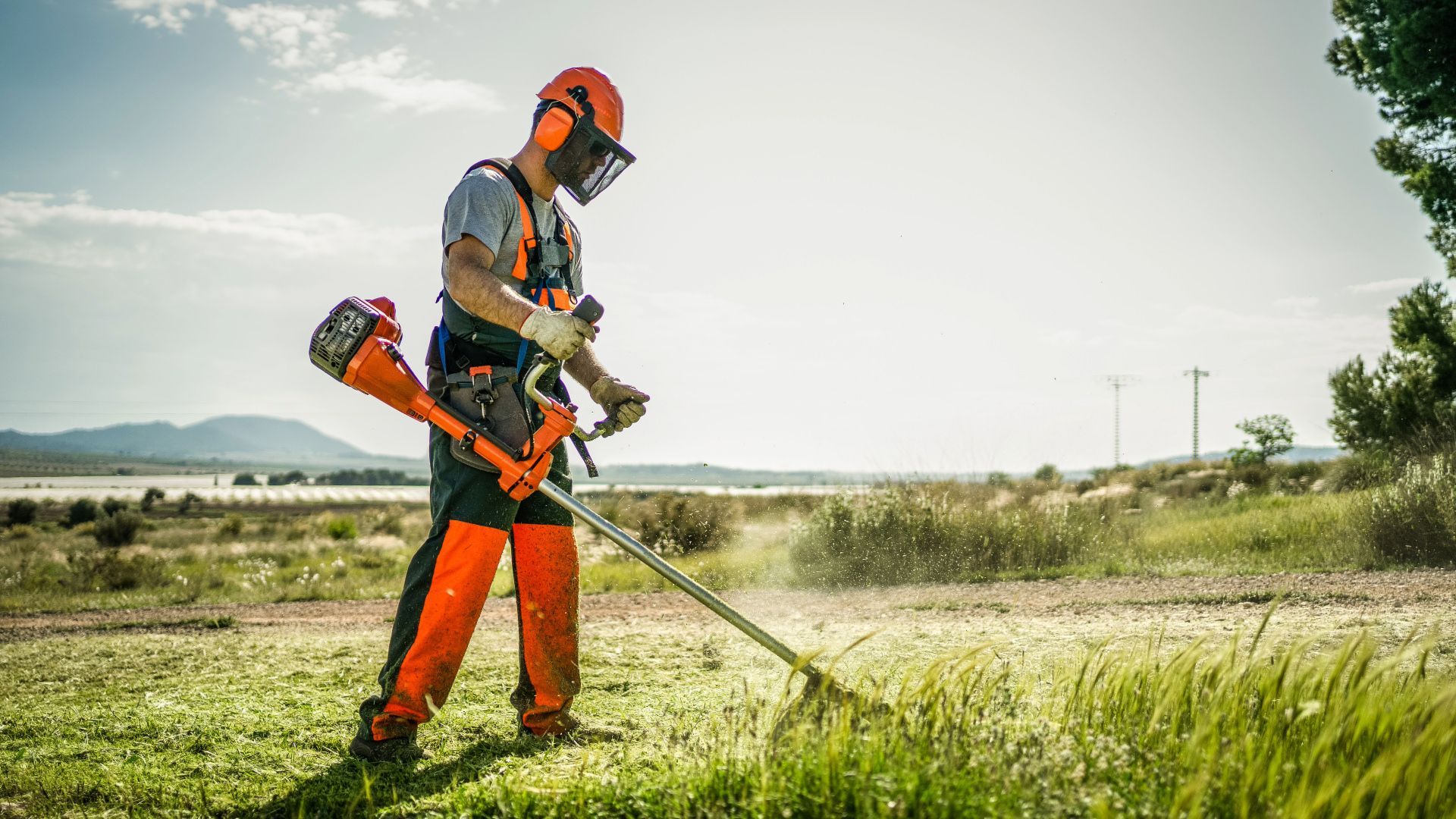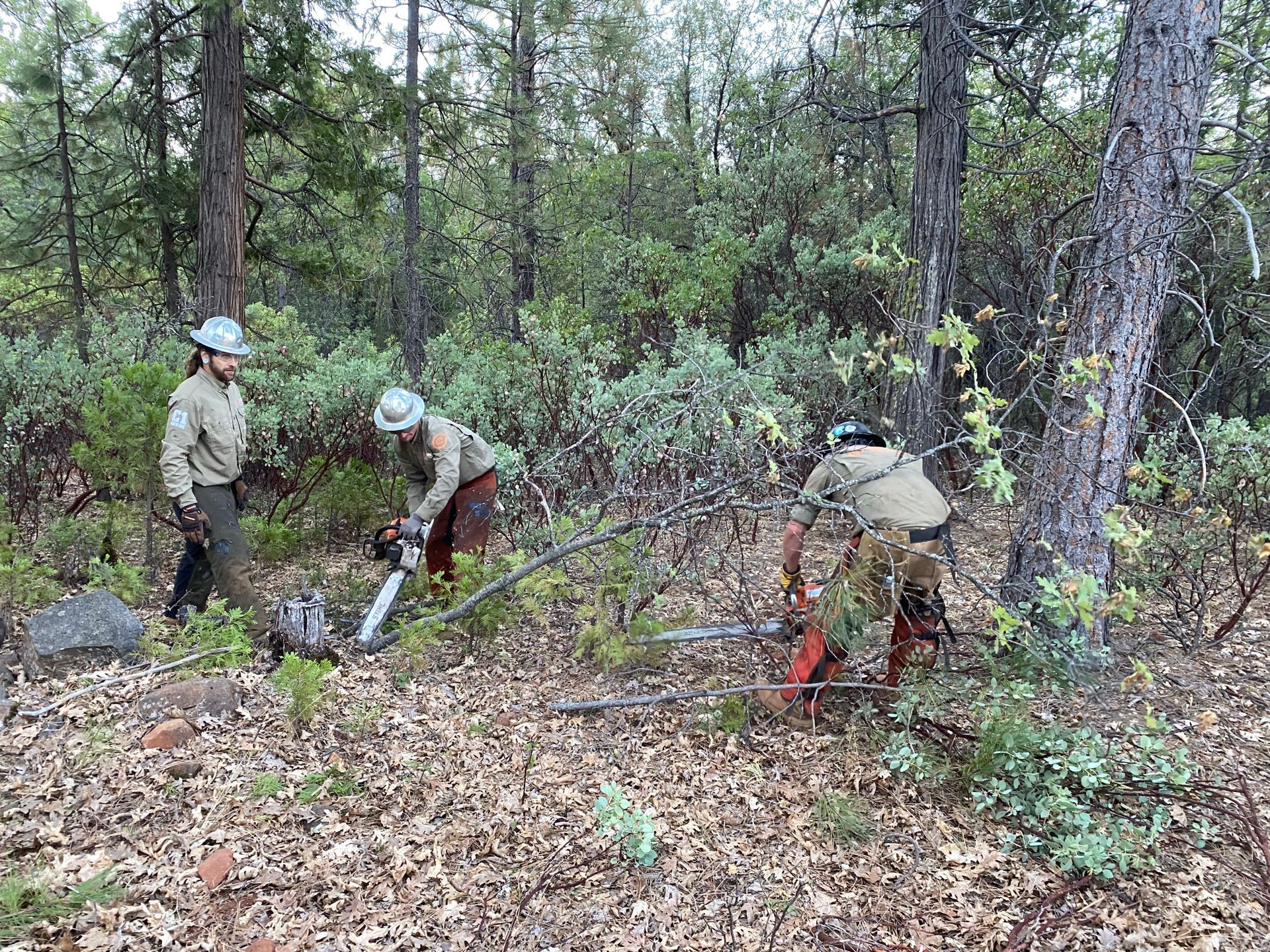What to Do If You Get a Fire Insurance Cancellation Notice in California
What to Do If Your Fire Insurance Gets Canceled in California—And How Defensible Space Can Help You Stay Covered
Opening a letter to find that your home insurance is being canceled can feel like the rug’s been pulled out from under you. If you live in a wildfire-prone area in California, this experience is becoming all too common—even for homeowners who’ve worked hard to maintain their property.
But here’s the good news: you still have options, and defensible space plays a bigger role than you might think in getting your coverage back—or keeping it in the first place.
At Grind Fire Defense, we’ve walked alongside dozens of homeowners who’ve faced this exact situation. You are not alone, and you are not powerless.
Why Are Insurance Companies Dropping Policies?
Over the past few years, California’s wildfire seasons have become longer, hotter, and more destructive. According to the California Department of Insurance, the number of non-renewals in high fire-risk areas has more than doubled in the last decade. Insurance companies are being told to manage their exposure, and some are choosing to scale back or exit the market entirely.
One common reason cited for policy cancellations is non-compliance with defensible space laws.
But here’s where it gets confusing: what one agency or inspector calls "compliant" might look different to another. You could pass a CAL FIRE inspection but still receive a cancellation from your insurer. That’s because insurance companies often apply their own internal guidelines, which may exceed public standards like PRC 4291.
What Exactly Is Defensible Space?
In California, defensible space is the buffer you create between your home and surrounding vegetation or structures that could fuel a wildfire. The state requires homeowners in designated fire hazard severity zones to maintain 100 feet of defensible space around all buildings.
This includes:
- Removing dead or dry vegetation
- Spacing trees and shrubs properly
- Keeping gutters, roofs, and decks clear of debris
- Breaking up fuel continuity (a fancy term for not letting fire jump from your grass to your bushes to your home)
Local jurisdictions and HOAs may have even stricter requirements, especially in communities that border wildland areas.
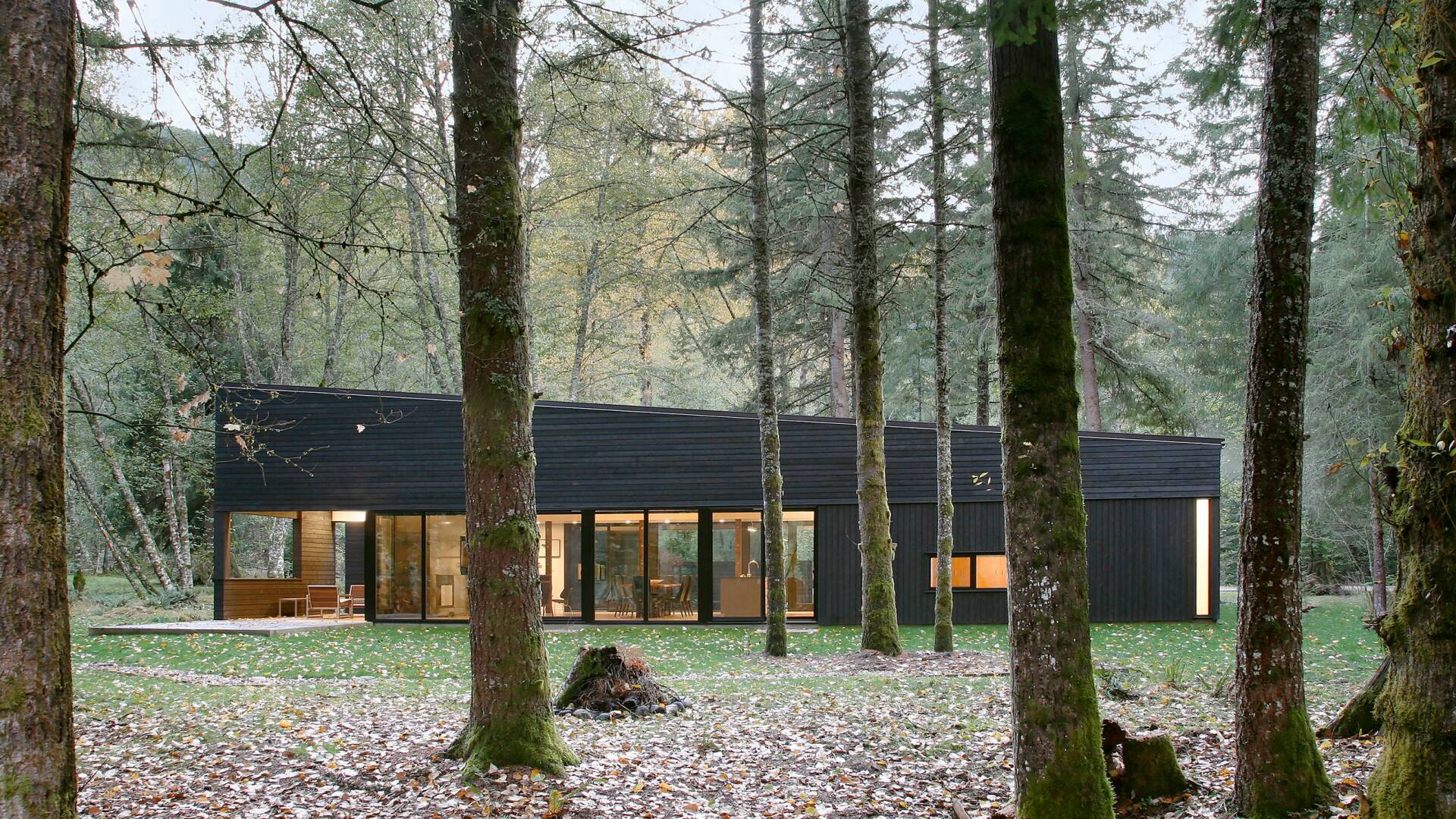
What Happens If You Lose Coverage?
If your private insurer drops you, the California FAIR Plan is a state-mandated "last resort" option that provides basic fire insurance. While it's a safety net, it usually offers limited coverage and higher premiums, and it doesn’t include liability or theft unless bundled with supplemental policies.
Before you accept that as your only option, here’s what you can do:
A Note About Extreme High Fire Severity Zones
While many homeowners can regain or maintain insurance through proper defensible space work, it’s important to acknowledge that some properties—particularly those located in extreme high fire severity zones—may face additional challenges. In certain ZIP codes, insurers have started pulling out entirely due to wildfire exposure, regardless of the mitigation efforts homeowners take.
This doesn’t mean everyone in these areas is uninsurable, but some policyholders are being declined simply because of their location and the specific carrier they’re with. It varies from company to company, and from area to area.
Even in these cases, however, we’ve seen defensible space documentation help homeowners:
- Request a reinspection
- Qualify for surplus-line coverage
- Strengthen an application to the California FAIR Plan
- Or prepare for new policy opportunities if the insurance market shifts
If you’re in one of these areas, don’t give up hope. Let’s get proactive and make sure you have everything working in your favor.
Steps You Can Take Right Now
1. Don’t Panic—Start Planning
Time is key. Non-renewal notices usually come with a set deadline. The earlier you act, the more options you'll have.
2. Ask for the Inspection Report
Request a copy of the insurer’s inspection findings. Knowing exactly what flagged your property helps you take targeted action. This is your right.
3. Get a Defensible Space Assessment from a Trusted Expert
This is where Grind Fire Defense comes in. We help homeowners bridge the gap between:
- State and local defensible space laws
- Real-world wildfire behavior
- Insurance inspection expectations
We’ll walk your property, document conditions, and create a clear, actionable plan you can implement.
4. Document Everything
Take photos before and after every improvement. Keep receipts for any professional work—tree removal, vegetation clearing, chemical weed control, etc. If you later appeal or shop for a new policy, this will matter.
5. Ask If a Reinspection Is Possible
Some insurance carriers will re-evaluate your property once you've made changes. It never hurts to ask. We’ve seen clients successfully reverse their cancellation just by following through and getting re-inspected.
6. Explore Alternative Coverage
There are brokers who specialize in helping high-risk homeowners. Some even work closely with Firewise Communities and mitigation partners. You may still be able to find private coverage before defaulting to FAIR Plan.
Insurance Companies Aren’t the Enemy—But They’re Not Always Clear
This isn’t about pointing fingers. Insurance companies are doing their best to stay afloat in an increasingly volatile landscape. But that doesn’t mean you’re at fault—or that you're without recourse.
Our mission at Grind Fire Defense is to make the path forward clearer for homeowners like you. We don’t just check boxes; we help you understand the “why” behind the requirements, so that what you’re doing on your property actually makes a difference when the wind kicks up and fire is on the move.
Final Thought: Proactive Is Powerful
Creating defensible space isn’t just about satisfying an insurance checklist—it’s about protecting your family, your home, and your future. And when it’s done right, it shows up on every inspection, no matter who’s holding the clipboard.
Need Help? We’re Ready When You Are
Whether you’ve received a cancellation notice, are unsure where you stand, or just want to get ahead of the curve, Grind Fire Defense is here to help. We offer assessments, consultation, and full-service vegetation and tree work rooted in wildfire science and state law.
Let’s create a plan that makes sense for your property—and gives you peace of mind.
📞 Call us at (530) 999-2035
📍 Serving Shasta, Tehama, Butte, Siskiyou, Trinity, Glenn & Lassen Counties
Share this article on
